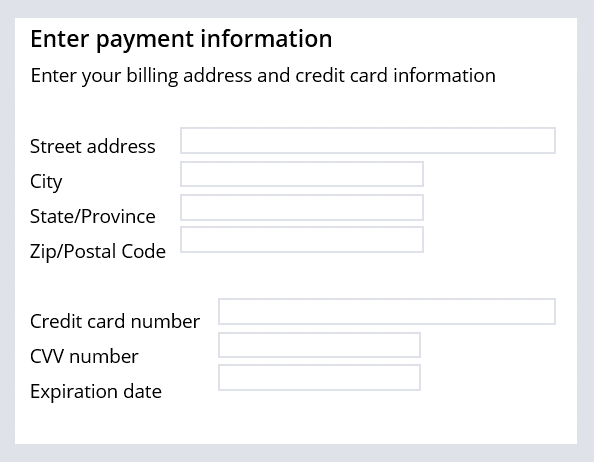
User guidance
As a Case progresses through its Life Cycle, it is vital that the application's users are kept informed about important aspects of the Case, as this greatly improves the user experience. For example, a department Manager can quickly monitor where a Case is in its Life Cycle by reviewing the Case Status. Or a potential employee is able to successfully fill a job application because the Case Step instructions inform them of what is required through every Step of the Process.
Pega Platform™ includes out-of-the-box (OOTB) automations to enhance communication for, and between, an application's users, so that you can easily incorporate them in the Case Life Cycle.
In this topic, you will examine how Case Status and Case Step instructions can be integrated to manage end-user information and communication throughout the Case Life Cycle.
Case Status
The Case Status is a primary source of information for end-users about the current state of the business process. For example, by analyzing the Case Status, users can learn whether a Case is already in progress or awaits an action, and then make informed decisions about which actions to take.
For the Pega Business Architect (BA), incorporating Case Status into the application design is one of the easiest ways to promote a unified understanding of a Case between the stakeholders involved in the Case.
Case Status values
As a best practice, Case Status values start with the terms New, Open, Pending, or Resolved. These values can be clarified further using suffix terms. The suffix should indicate a meaningful business context (for example, Pending-Approval or Pending-Fulfillment). All closed Cases should use the Resolved prefix (for example, Resolved-Completed, Resolved-Withdrawn, or Resolved-Cancelled).
Case Status values should hold meaning for the business. Appropriate values complement the other pieces of data associated with a Case, so that end-users receive the most accurate description of the disposition of the Case.
Ensure that Case Status values are as consistent as possible across Case Types and use only as many as minimally necessary. Your choices for Case Status values should address the following questions:
- What is necessary for the business to report on while work is in progress?
- What is necessary for the business to report on after Cases are resolved?
- How might the business want to group Cases by status?
- What are the major events that would trigger a status change?
Tip: Using more statuses than necessary adds confusion for the end-user. A best practice is to have no more than 10 Case Statuses in a Case Type.
Case Status updates
Case Status values can be configured to update when a Case reaches a certain Stage or Step.
If you set the Case Status on a Stage, Pega Platform automatically updates the Case Status to the value defined for that Stage when the Case advances to the Stage. In the final Stage in the Case Life Cycle, you can specify a resolution status, which is the Case Status that is displayed after all the Processes in the Stage are complete. In the online shopping application example, configuring the Case Status to update at each Stage in the Case Life Cycle provides customers with an idea of the order status at each major Case milestone. During the Shipping Stage, the Case Status is Pending-Fulfillment. When the Ship Order Process is complete, the Case resolves with a Resolved-Completed status. The Shipping stage is the final Stage in the Case Life Cycle, configured with a Resolved-Completed resolution status.
In some Cases, you might want to configure specific Case Statuses at the Step level. If you set the Case Status on a Step, when the Case advances to the Step, Pega Platform automatically updates the Status of the Case to the value that is defined for that Step. In the online shopping application example, you get feedback that customers want more visibility into when their orders are ready for shipment, and when they ship.
Assignment instructions
A user wants to place an order in an online shopping application. As the user advances through the Case, the user does not receive instructions. The lack of user guidance makes it difficult to determine the purpose of each Step and what information a user must enter.
For example, a Step in the application collects customer billing address and credit card details to complete the order. The lack of user guidance causes you to mistakenly enter your shipping address rather than the billing address associated with your credit card.
Step instructions identify what users must accomplish in that Assignment. Add instructions to Steps that require users to enter information. Users see instructions when receiving an input prompt in a form.
For example, in the Collect Information Step named Enter payment information, the application developers add instructions that direct customers to enter a billing address and credit card information.
Check your knowledge with the following interaction:
This Topic is available in the following Module:
If you are having problems with your training, please review the Pega Academy Support FAQs.
Want to help us improve this content?



